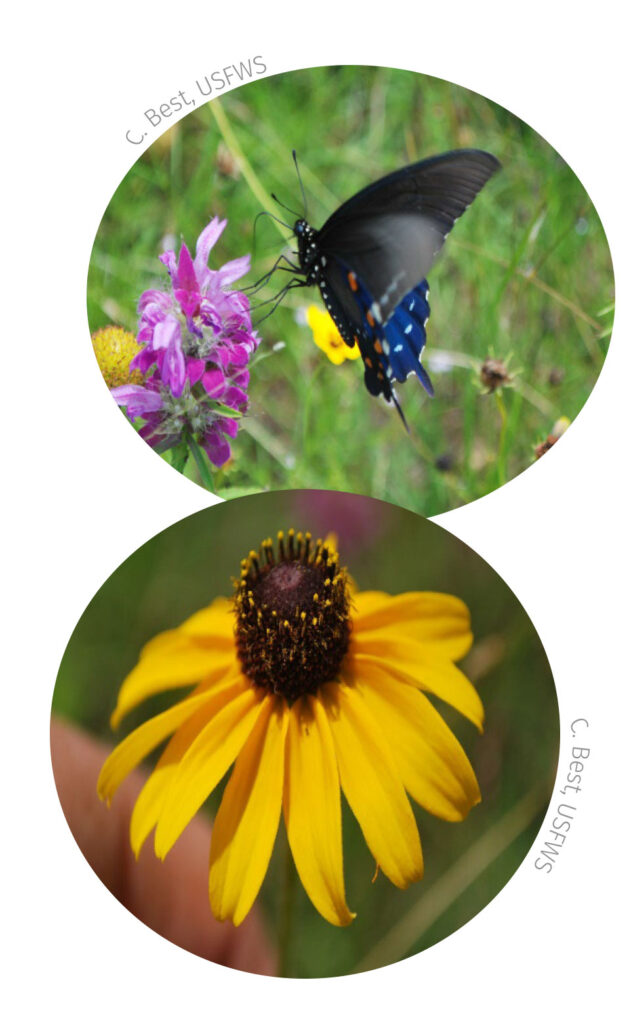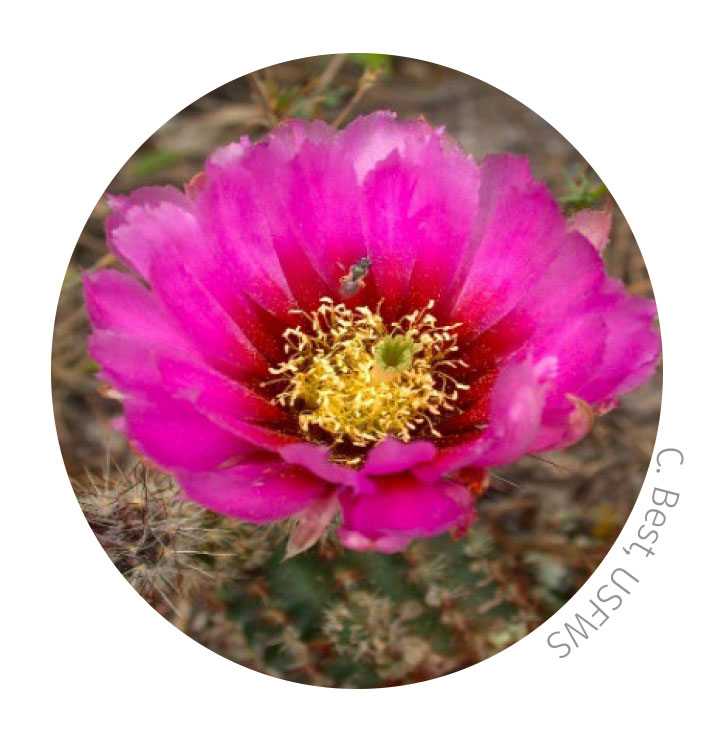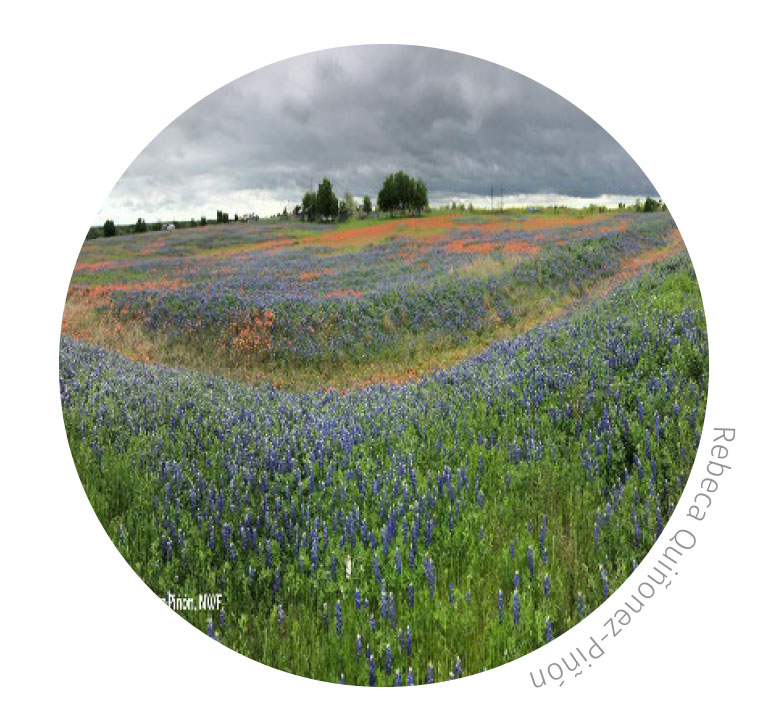Through the Federation’s Climate-Resilient Habitats™ program, we aim to create 75 acres of climate-resilient native habitats in urban vacant lots, roadsides, and other suitable areas. We will create resilient, native habitats to support the adaptation of wildlife species to climate change and to increase habitat connectivity in the Lower Rio Grande Valley of Texas.
Our adaptation strategy for these areas is to eradicate any invasive, non-native plants and use a diverse mix of locally adapted native plant species that collectively will respond well to current and projected climatic changes, ensuring that nectar sources, as well as other sources of food for wildlife, will be available during each season.
Lower Rio Grande Valley and Climate Change
The climate of the Lower Rio Grande Valley of Texas (LRGV) region transitions from the temperate conditions that prevail in most of the United States to the tropics of Mexico and Central America. These climatic conditions together with the vast variety of habitats embraces an extraordinary biodiversity. The LRGV is the home to at least 529 bird species, of which about 300 are neotropical migrants, and over 1,200 native plant species. Several rare, threatened, and endangered species call this region home, including the ocelot, jaguarundi, and burrowing owl, the American bumblebee, and some hummingbird species.
Habitat loss continues to be a threat to wildlife; climatic change worsens the ongoing loss and fragmentation of the region’s natural wildlife habitat initially caused by urbanization. We must address the climate issue while redoubling efforts to restore natural habitat, to increase ecological connectivity, and to support pollinator and other wildlife species that are rapidly disappearing.

Beautification and Maintenance Reduction
Climate-resilient native plants can be used to create vibrant, low maintenance natural landscapes that beautify cities. These resilient plant communities will better support climate-vulnerable wildlife present in urban areas ,moderate heat island effects, reduce water use, increase rainwater infiltration, and reduce mowing and leaf litter removal.

Enhancing Wildlife Resilience
Wildlife coevolved over thousands of years with the plants that also originated within their ecosystem. Birds, bees, butterflies and other wildlife need these native plants to survive and thrive. Native plants provide food, cover, and places to raise young. In turn, wildlife provide benefits to plants, such as pollination and seed dispersal. By providing wildlife with habitats with native climate-resilient plants, we are helping wildlife adapt to the challenges of climate change, and thrive despite extreme droughts and heavy precipitation.
Enhancing Community Resilience
Natural systems can provide ecosystem services to mitigate certain threats of climate change, such as erosion, flooding, and pollution. Promoting the health of environments and people go hand in hand. Intentional use of climate-resilient native plants in our restoration programs and community landscapes can strengthen the resilience of communities overall. It has been demonstrated that green spaces create a sense of well-being, connect people to nature, and elevate the importance of protecting the environment.


Improving Water Quality
Appropriate planting ensures that rainfall will be stored in litter, soil, and plants on the restored sites and slowly absorbed into the soil. This will minimize storm water runoff. Restoring with climate-resilient native plants reduces the need for fertilizers and pesticides while also improving the quality of water that flows into our watersheds and our communities.
CONTACT
Rebeca Quiñonez-Piñón, PhD
Climate-Resilient Habitats Program™/Senior Manager
Chief Monarch Recovery Strategist
QuinonezPinonR@nwf.org
OUR GRANTORS:
